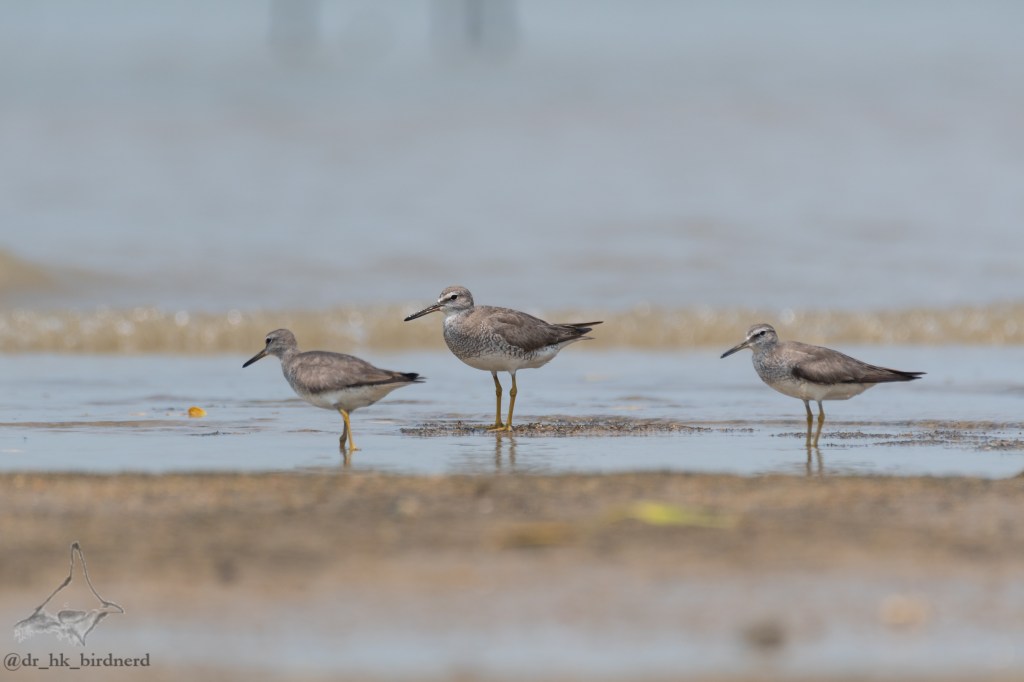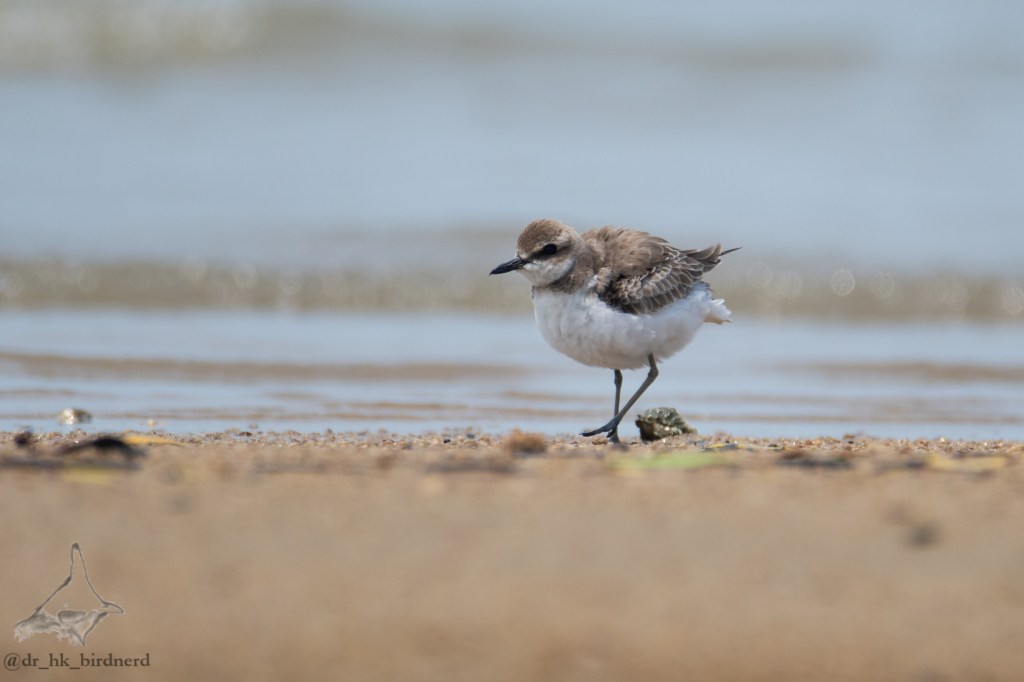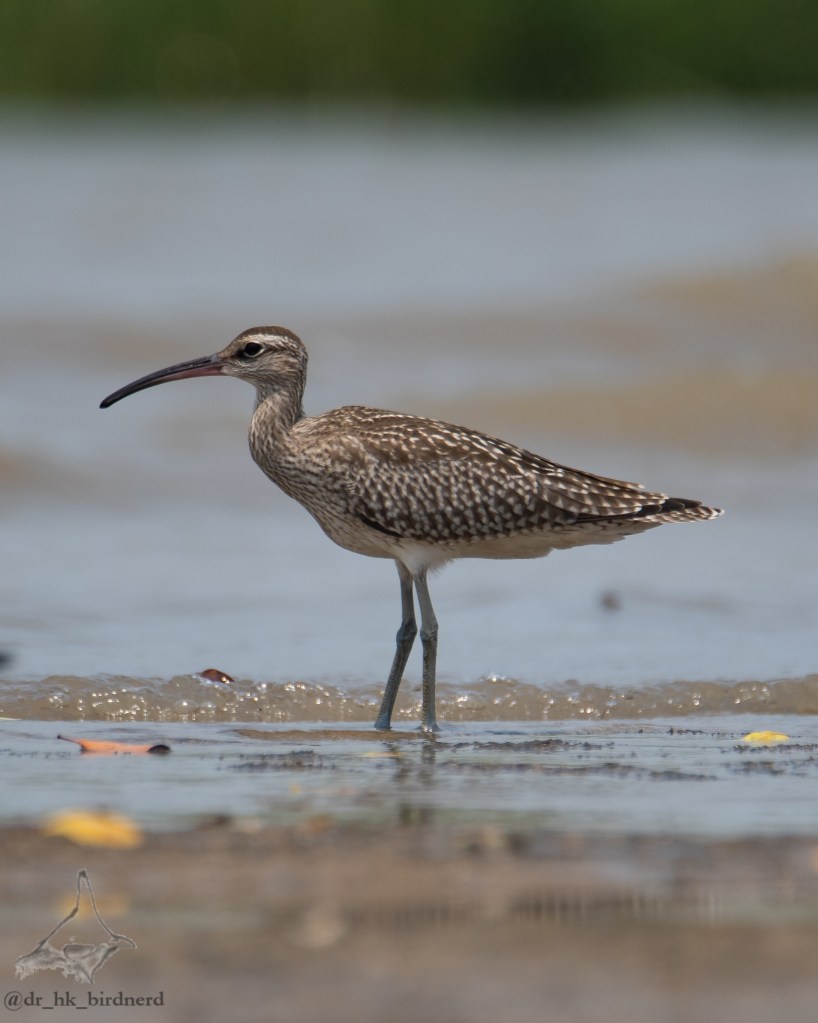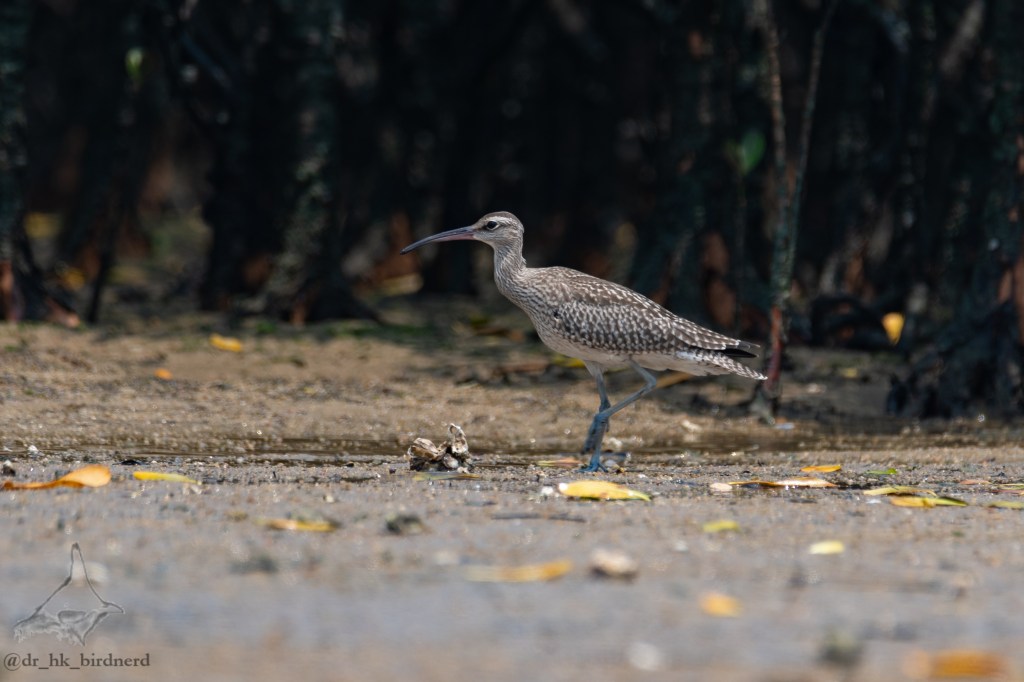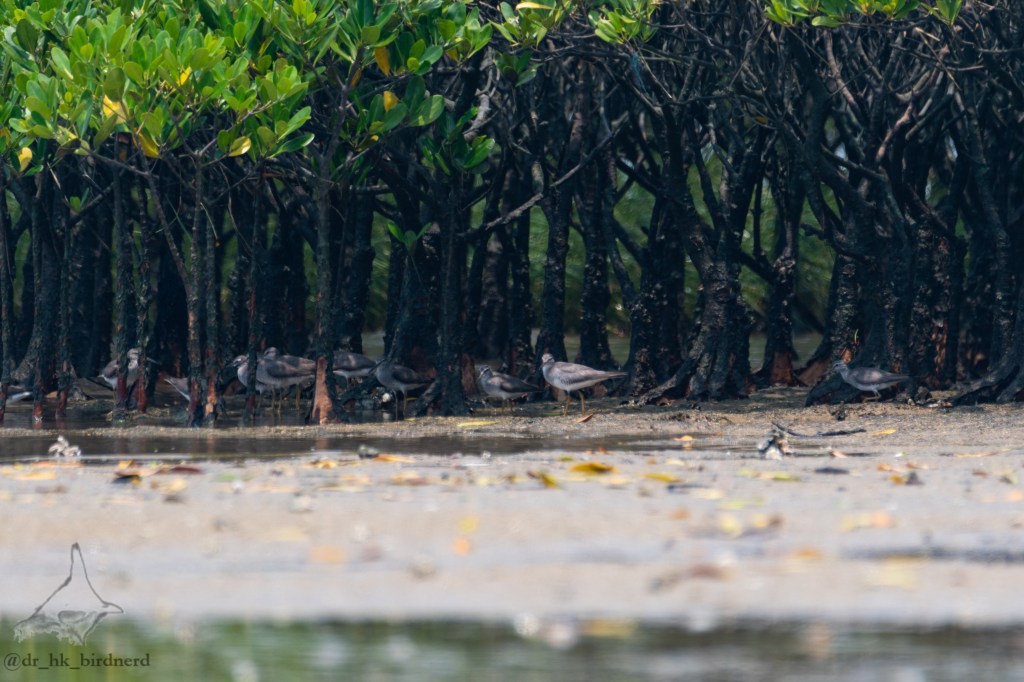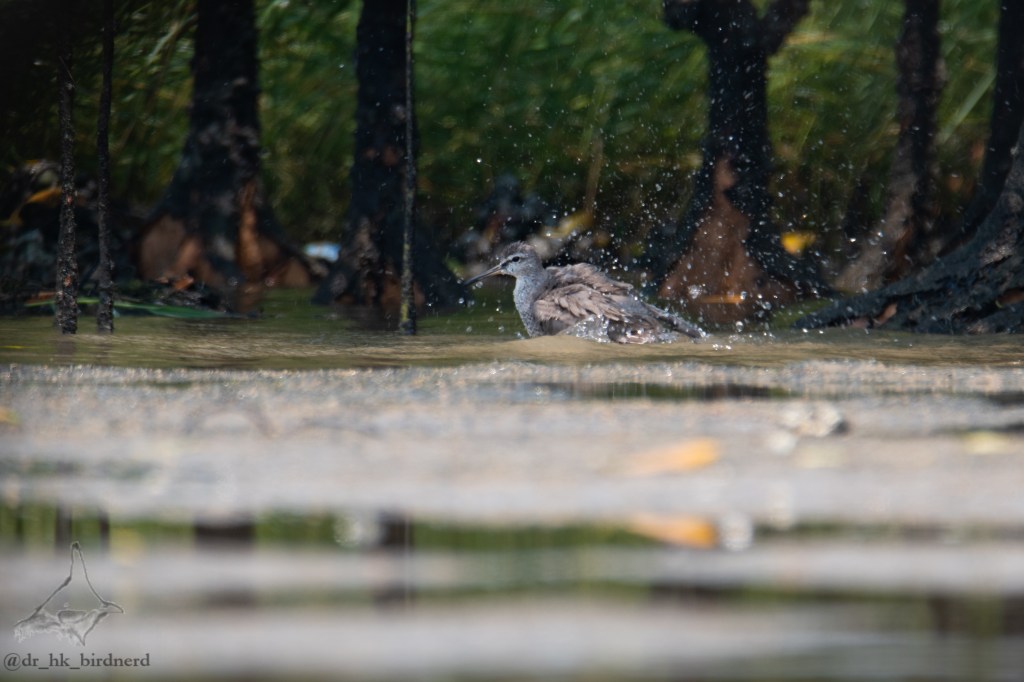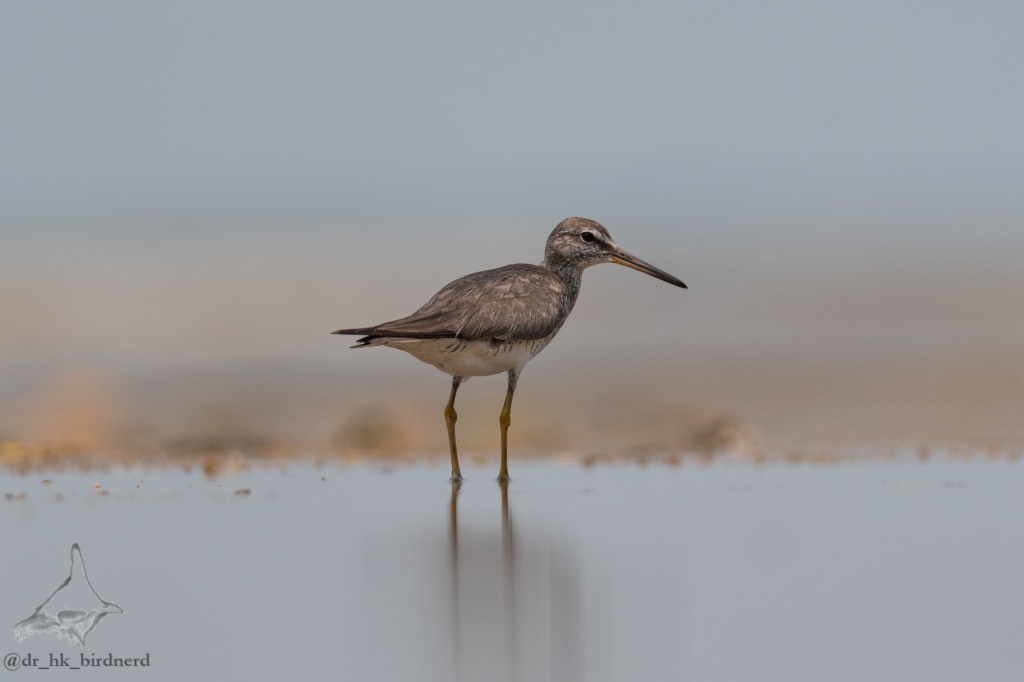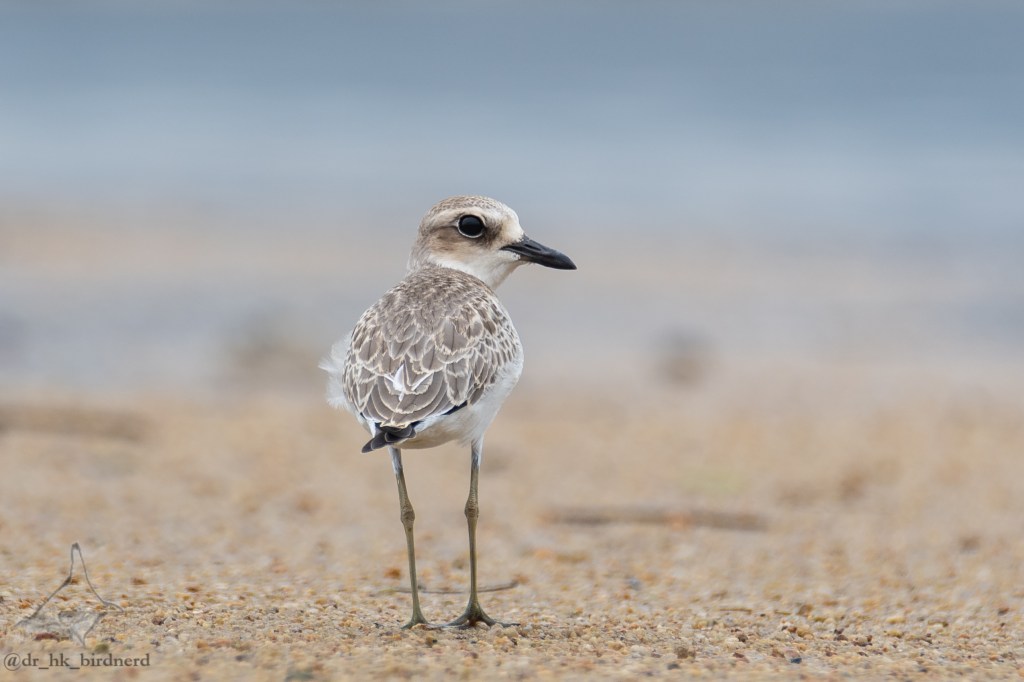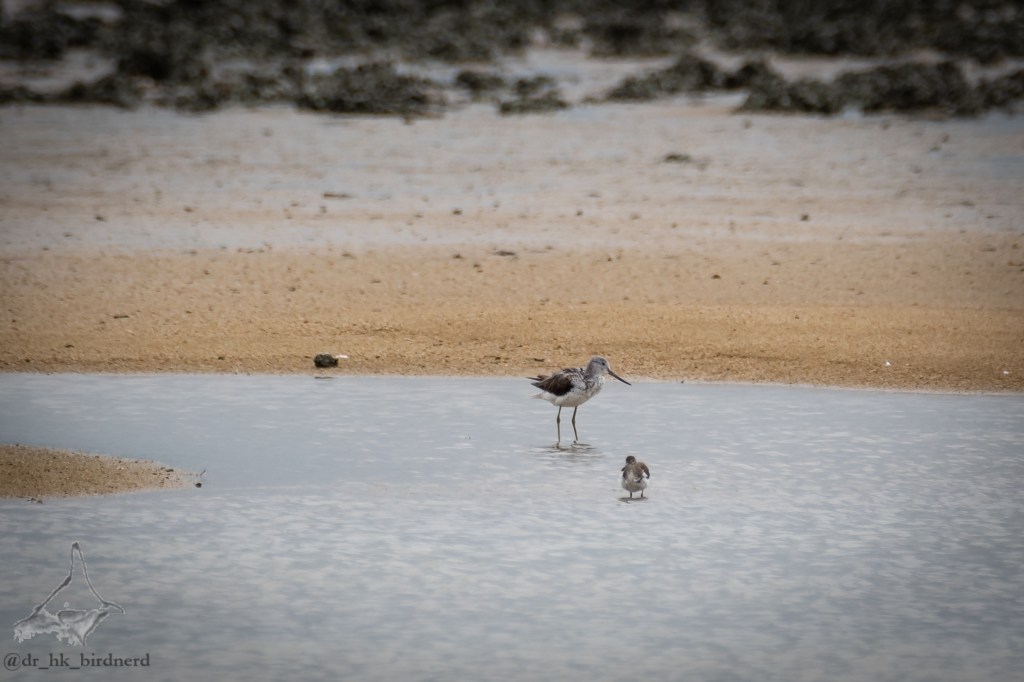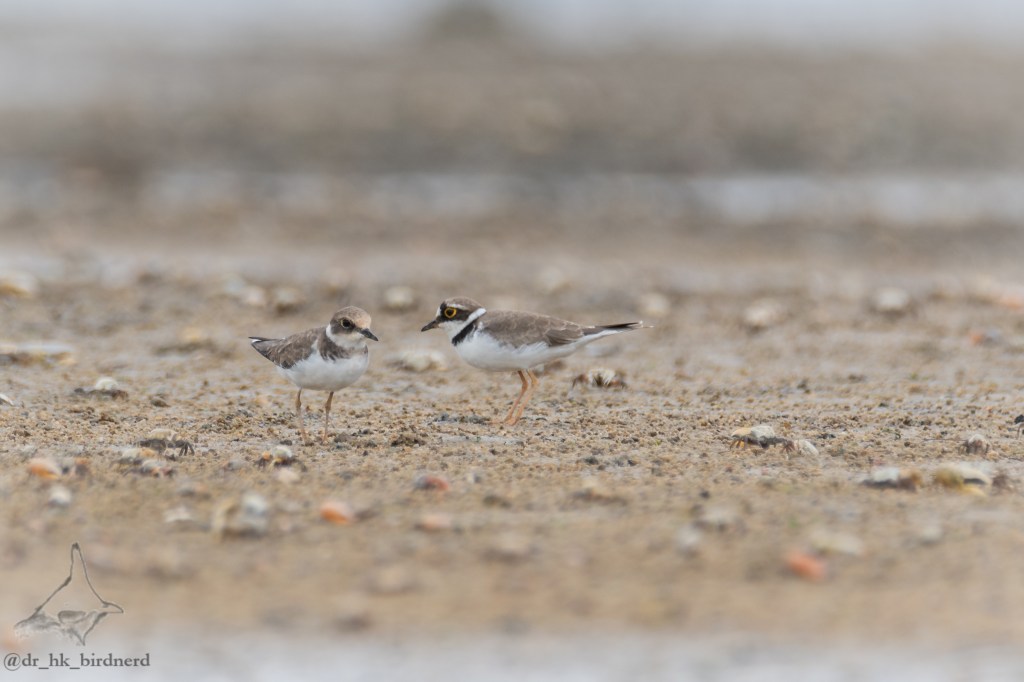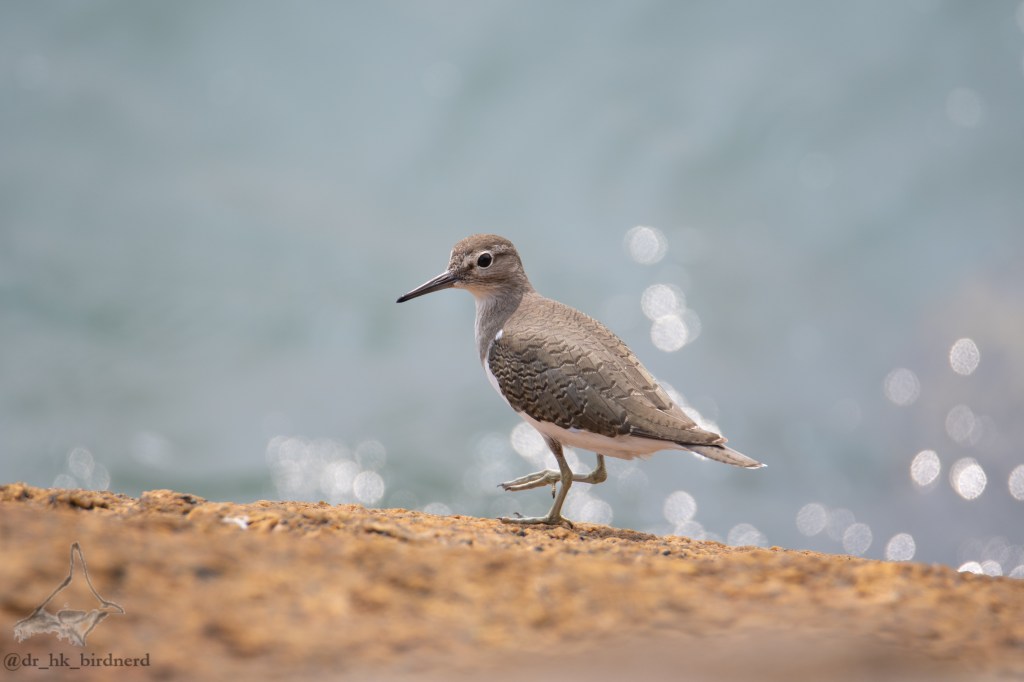
I visited a friend in Peng Chau yesterday and brought my camera along just in case, and boy was i glad that I did.
Peng Chau is a very small island just off the coast of southern Lantau. There’s one supermarket, one ATM, and no cars. Aside from municpal buildings, the village housing is mostly comprised of 3-4 story apartments. Otherwise the island is covered in trees that eventually meet the shore. I’d been there before just for visiting purposes, but this time I just wanted to see if there were any birds around.
There are actually quite a few large, old trees all over the island, so I suspect that some interesting birds may be hiding in there. I didn’t see any, however. Although it’s a small and relatively “quiet” island, its few trails are well-trafficked by residents and visitors. I could imagine it being quite difficult to find a place to set up and wait for birds that wouldn’t have to contend with villagers, farmers, or hikers.
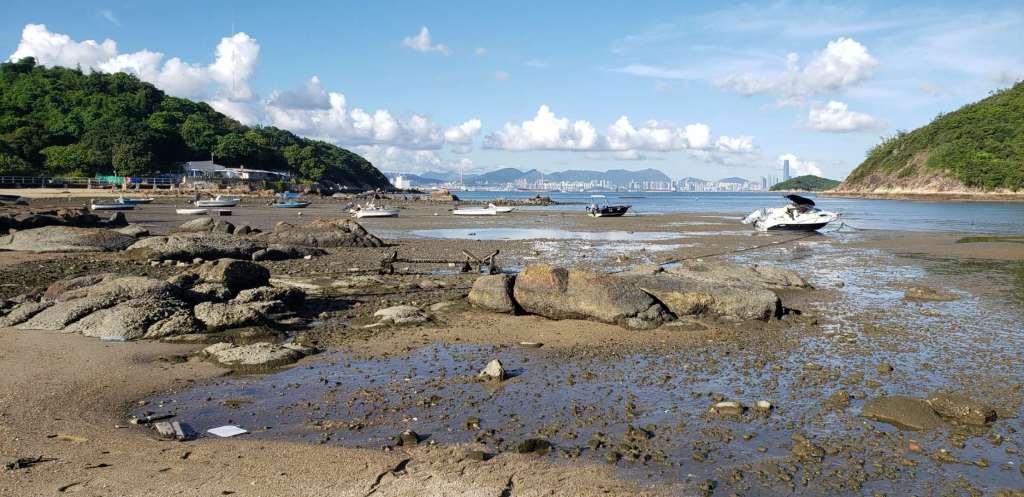
But I was most interested in walking along the coast looking for waders, as it too seemed potentially productive. Indeed shortly after disembarking from the ferry I spotted a common sandpiper on the sea wall. It seemed to be interested in picking off bugs and crabs from the base of the sea wall, as well as these rather large seabugs.
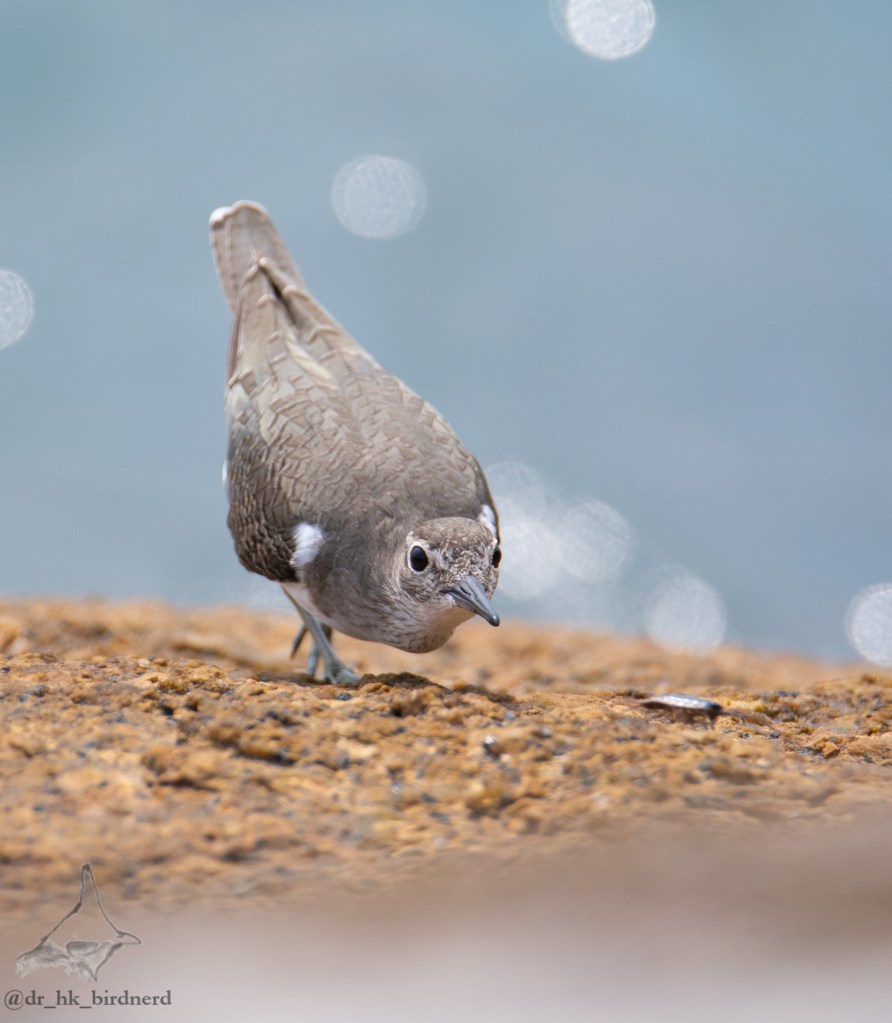
Common sandpipers can be found along Hong Kong’s shores either alone or in small groups. I found 3 in total dispersed over a rather large stretch of sea-wall along the northern side of Peng Chau. I’ve seen them many times before in my more usual wader spots, but seeing them on the seawall made for much better photos than I’m used to.

Moving east around the island along its northern shore, the shoreline was mostly comprised of large and jagged rocks punctuated by small rocky beaches. Conditions indeed seemed favorable to certain waders, but the walk was mostly unproductive. I did managed to spot two grey-tailed tattlers along the shore of one such rocky cove.
Eventually though we came to the main beach of Peng Chau’s largest cove, and I happened to notice a few waders amid all the crested myna and rubbish.

There was an additional common sandpiper bopping around here, but there were also two little ringed plovers. It was a bit disheartening to see them foraging around among a significant amount of trash, rotting boats, and stray dogs, but this is indeed what we’ve managed to do to their winter home.

Perhaps with increased awareness, certain stretches of beach could be designated for wildlife, but I doubt it. The village life on Peng Chau is just too entrenched, so I suspect this spot will be largely lost to humanity for the time being.




